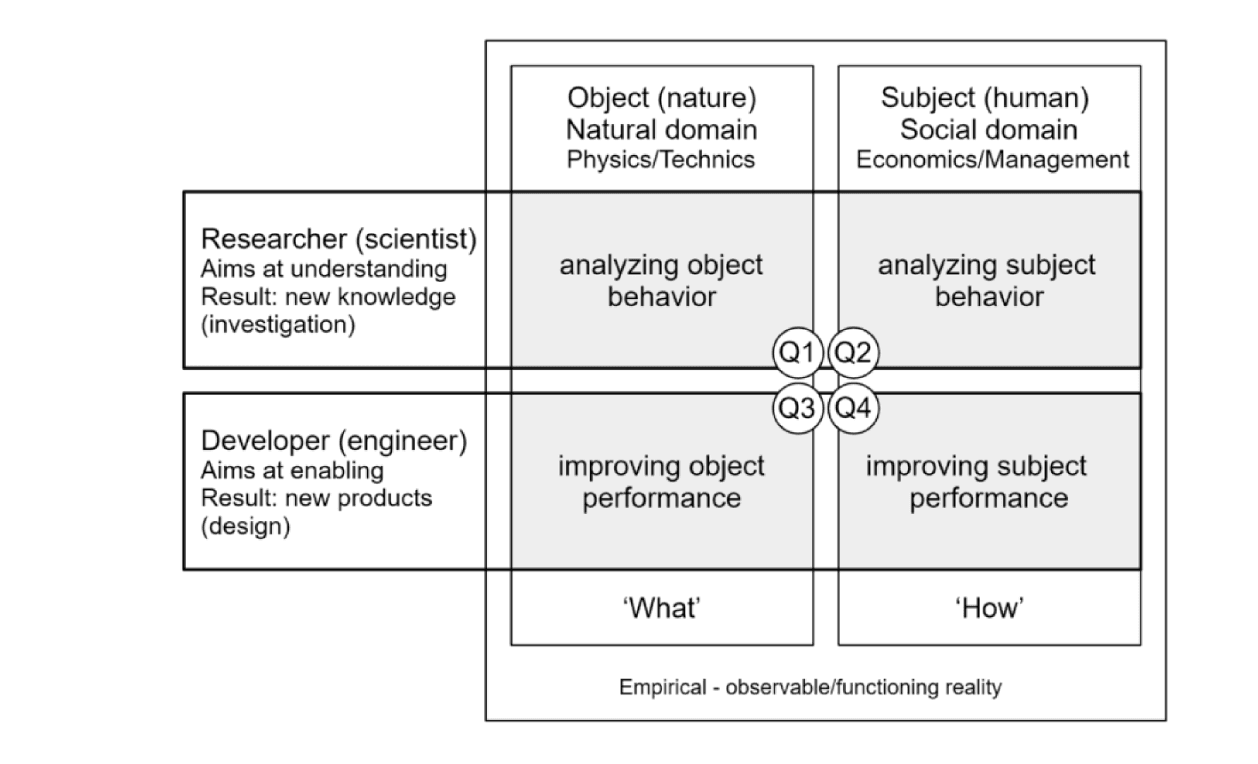Quadrant 1
Analyzing Object Behaviour
Prepared by Mike Schaap
Structural behaviour and material performance of the MOSE barrier gates under real-world loading and exposure.
Problem Description
MOSE gates undergo cyclic loading, corrosion, and buoyancy shifts that may deviate from design expectations. These factors influence hydrodynamic response, stiffness, and deformation, raising the question: how does long-term marine exposure affect structural integrity?
Literature Review
Prior work focuses on hydrodynamic modelling and control; fewer studies examine corrosion–fatigue interactions and biofouling for MOSE. Insights from the Thames Barrier and Delta Works show these mechanisms can degrade maritime steel, yet empirical MOSE data remain limited.
Research Question
To what extent do corrosion, cyclic loading, and biofouling influence the mechanical strength, deformation behaviour, and fatigue life of the MOSE barrier gates?
Source Material
- Engineering and maintenance reports from the MOSE Consortium or Venetian Water Authority.
- Structural monitoring data: strain, stress, and displacement sensors.
- Material samples from protective coatings and steel elements.
- Environmental data capturing salinity, temperature, and hydrodynamic loads.
- Comparative datasets from Thames Barrier and Eastern Scheldt systems.
Methods
- Material characterisation on extracted or replicated steel specimens.
- Finite-element modelling of stress distribution, deformation, and fatigue under tidal loading.
- In-situ monitoring of strain, vibration, and displacement to validate models.
- Correlation analysis connecting environmental exposure to measured degradation.
